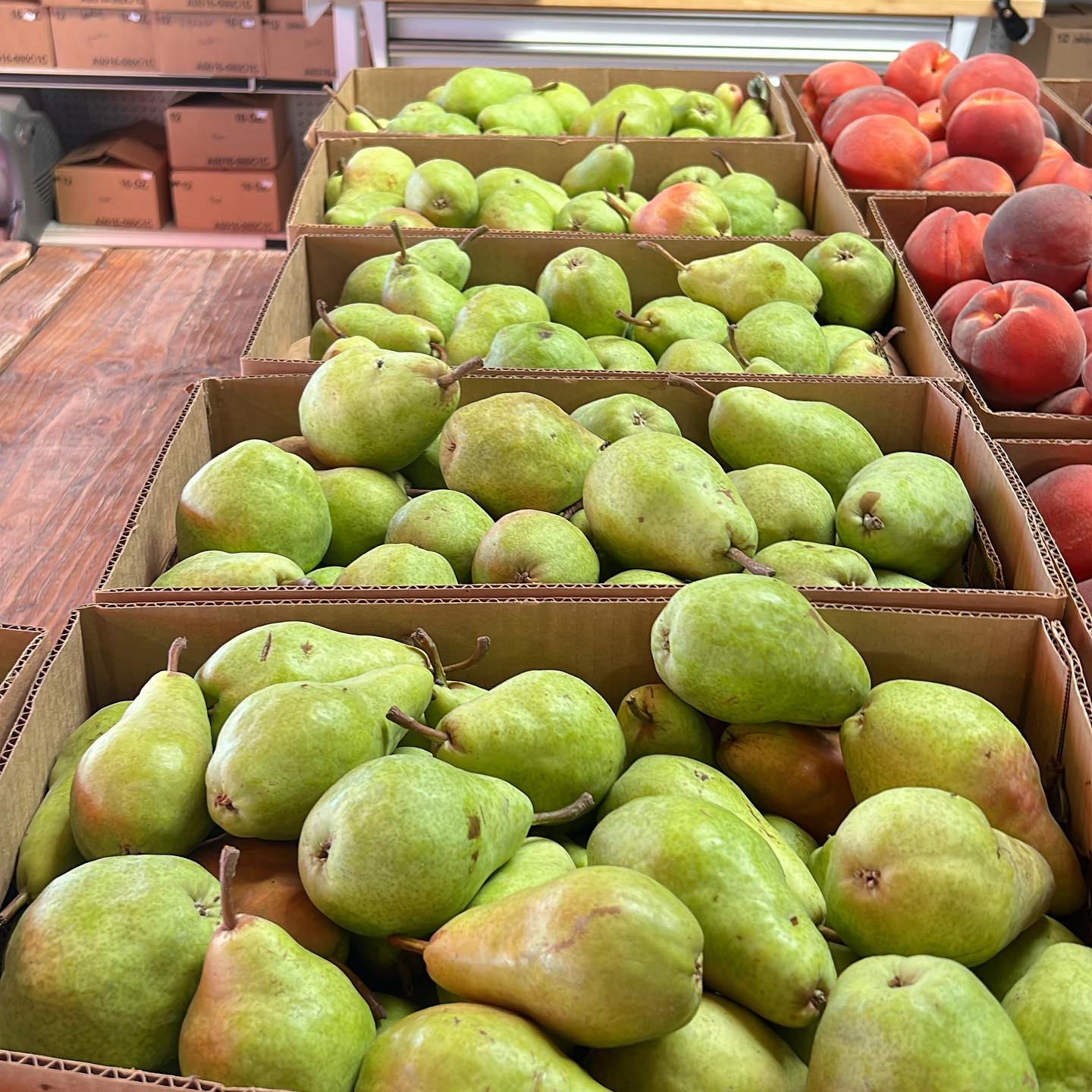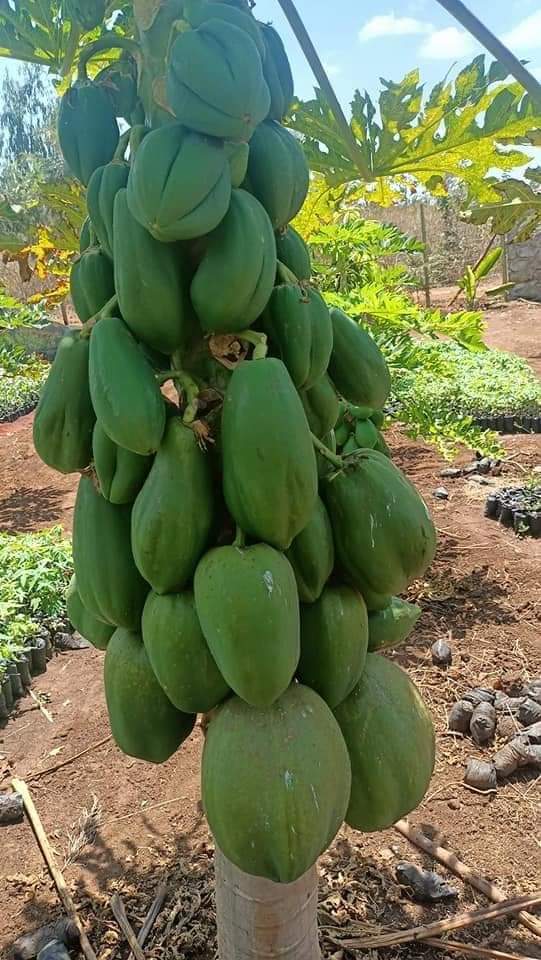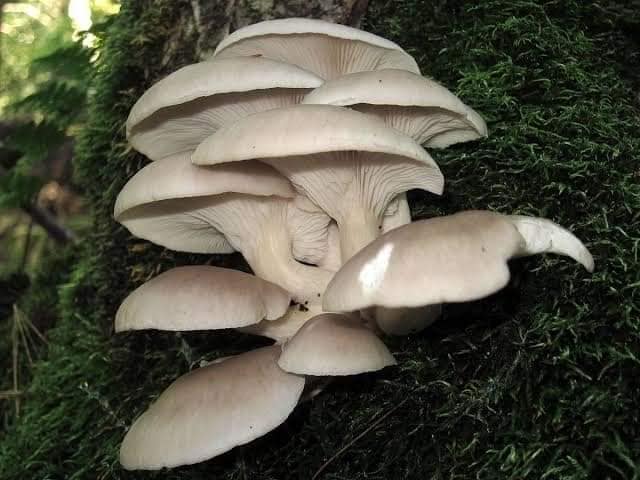A COMPREHENSIVE GUIDE ON HOW TO GROW PEARS
Growing pears can be a rewarding endeavor, providing you with delicious fruit and
a beautiful addition to your garden or orchard. Here's a comprehensive guide on
how to grow pears:
Choosing the right pear variety
– You choose the pear variety depending on the specific climates. Choose a
variety that is adapted to your region’s temperature and chill hour
requirements. Common pear varieties include Bartlett, Anjou, Bosc, Comice,
and Asian pears like Hosui or Shinseiki.
Site selection
– They require full sun, at least 6-8 hours full hours of direct sunlight per
day.
-Ensure a well-drained soil, with a PH ideally between 6.0 and 7.0
Planting
– Plant bare-rooted or container-grown trees in late winter to early spring,
while the trees are dormant.
-Dig a hole wide and deep enough to accommodate the roots without
bending or crowding.
-Space pear trees around 20 feet apart to allow for mature growth.
-Backfill the hole with soil, making sure to eliminate air pockets, and water
thoroughly.
Training and pruning
-Prune young pear trees to encourage a strong framework of branches.
Remove any crossing, weak, or damaged branches.
-Use a central leader system, depending on the variety and preference.
-Regularly prune to maintain an open canopy, this allows sunlight and air to
reach all the parts of the tree.
Watering
-The soil should be consistently moist, especially during the tree’s first
growing season.
-Deeply water established trees during dry spells, aiming for around 1-2
inches of water per week.
Fertilization
-Apply a balanced fertilizer in early spring before new growth begins.
-Avoid excessive Nitrogen fertilization, as it can lead to vegetative growth at
the expense of fruit growth.
Pest and disease management
-Monitor common pest and diseases, use appropriate organic or chemical
controls if necessary.
-Prevent diseases like fire blight, pear scab, and powdery mildew through
proper sanitation, pruning, and, if needed, fungicidal sprays.
Harvesting
-They should be harvested when they are mature and still firm.
-They should be picked before they are fully ripe because they will continue
to ripe when they are off the tree.
-Test for ripeness by gently pressing near the stem; if it yields slightly, it's
ready to harvest.
-Handle pears carefully to avoid bruising.
Storage
-Store the harvested pears in a cool, dark place to slow down ripening. Make
sure you check them regularly and remove any that has rotting signs.
Once you follow these steps, you can actually grow healthy pear trees and enjoy a
bountiful harvest of a delicious fruit.





